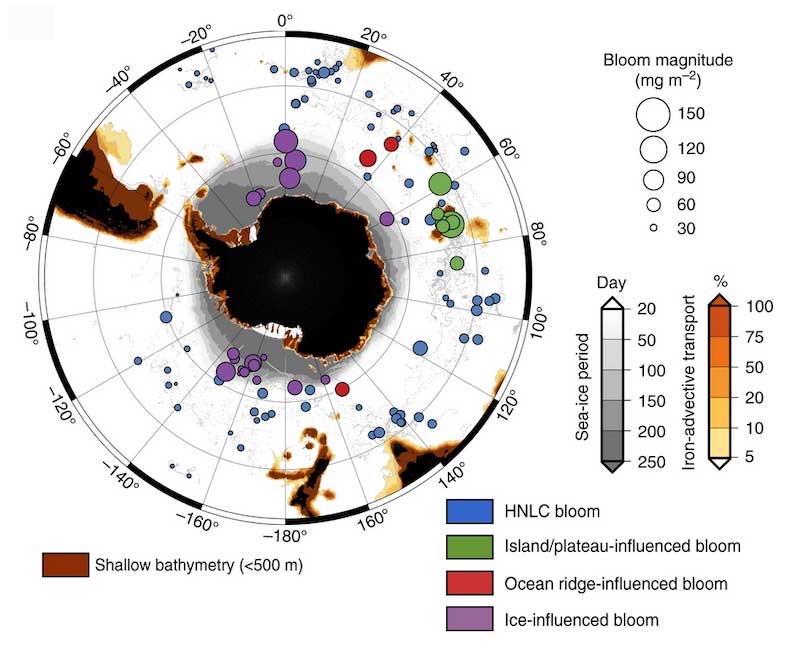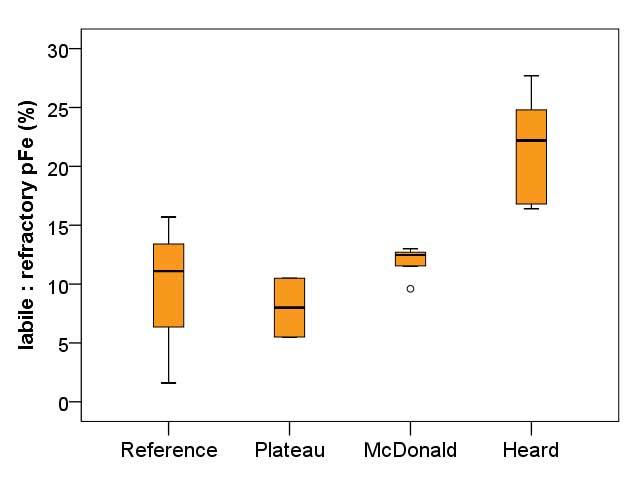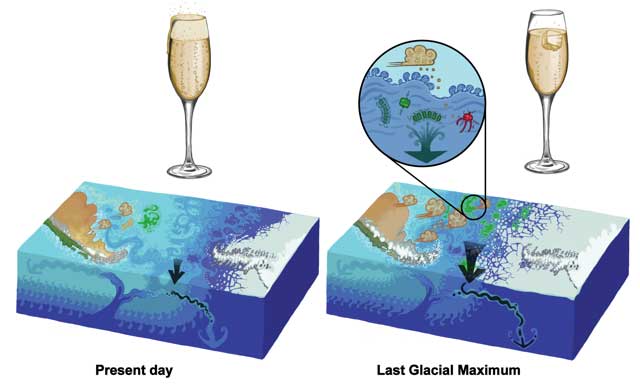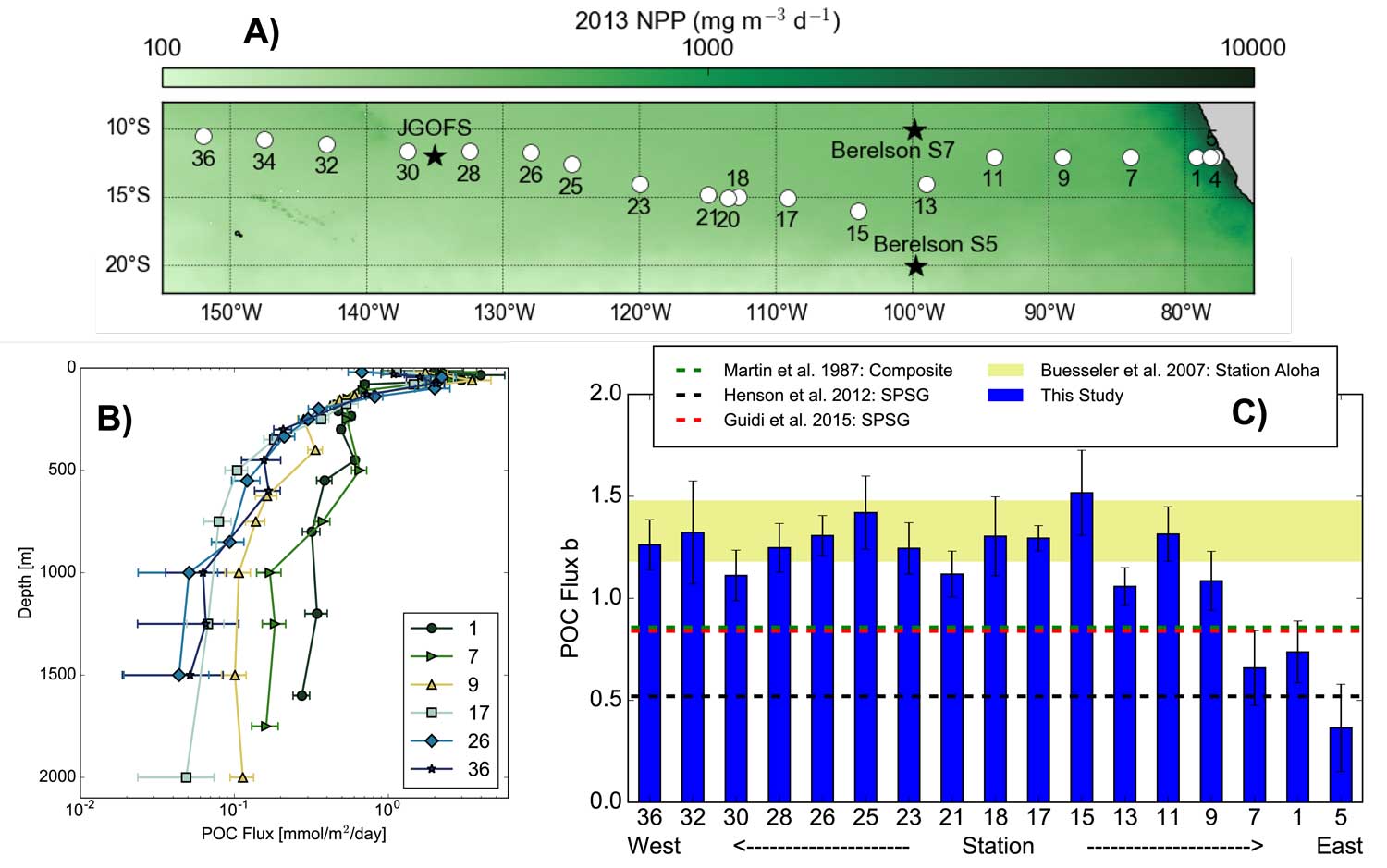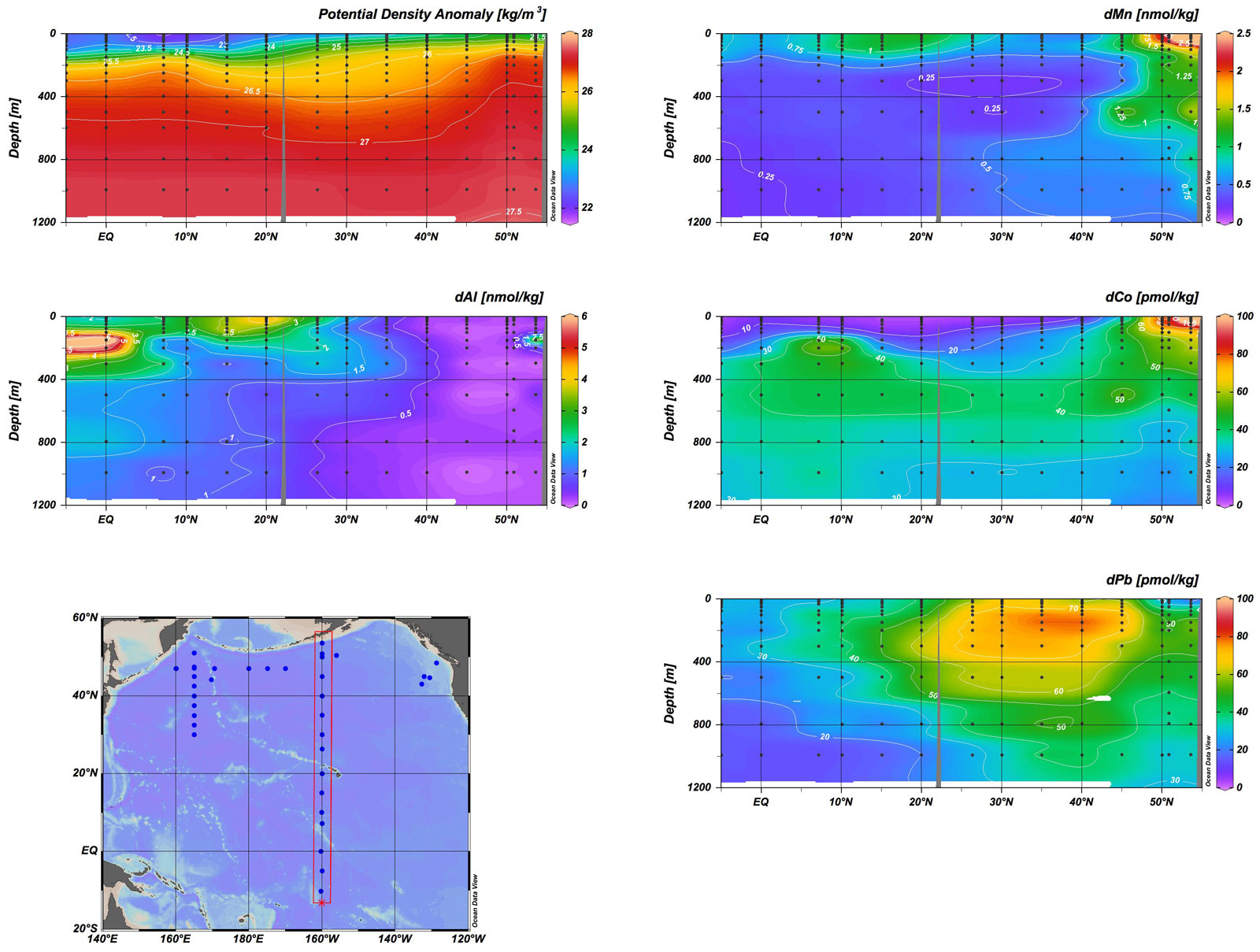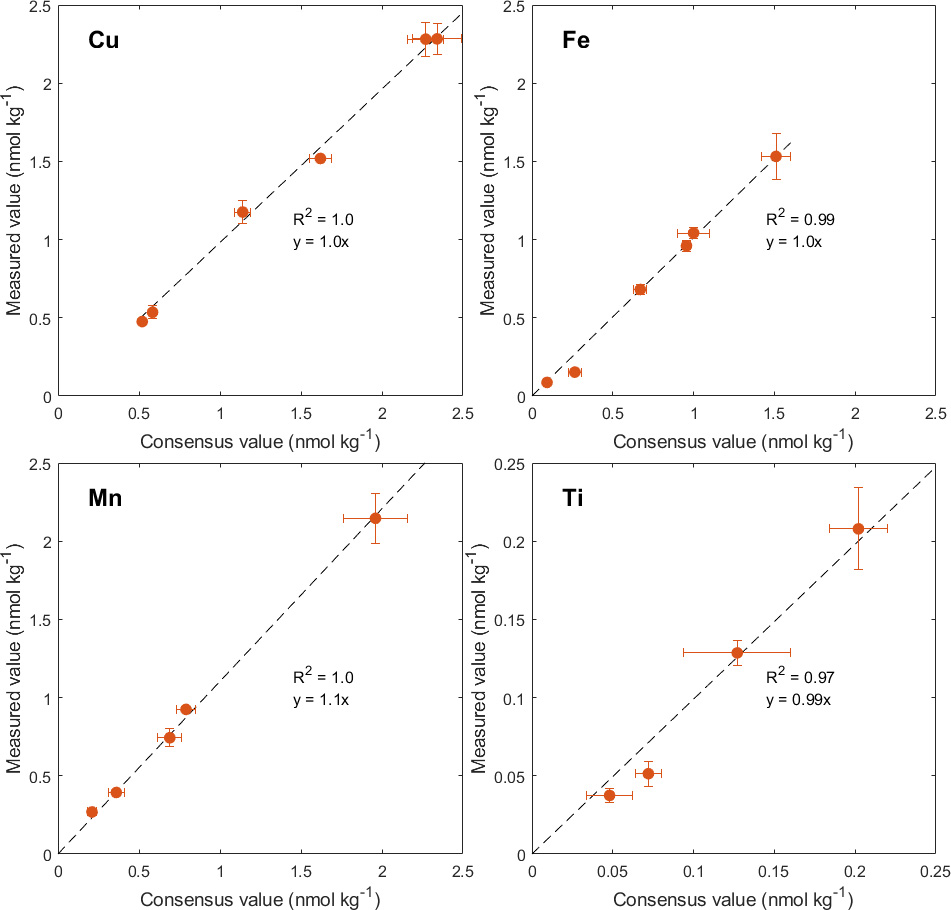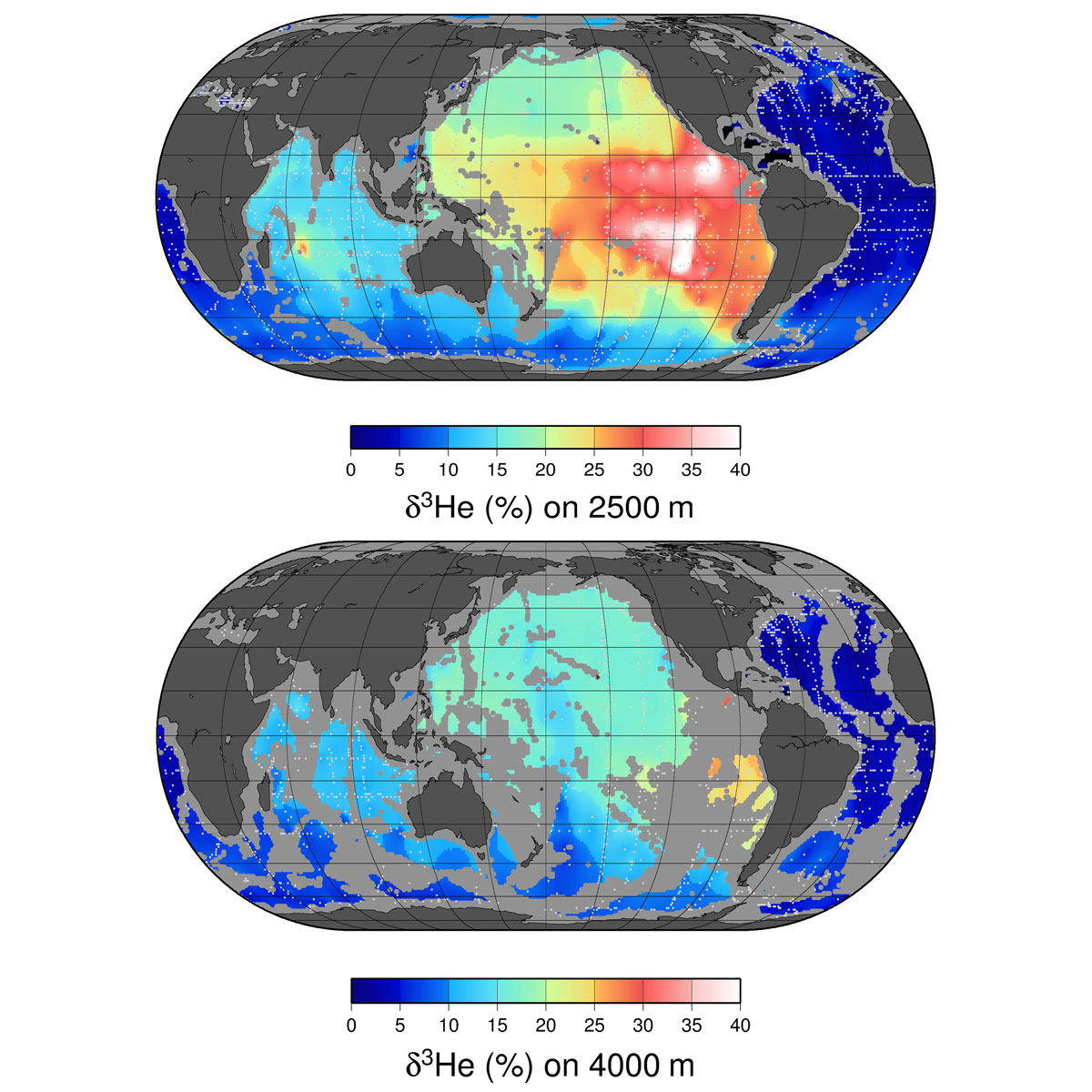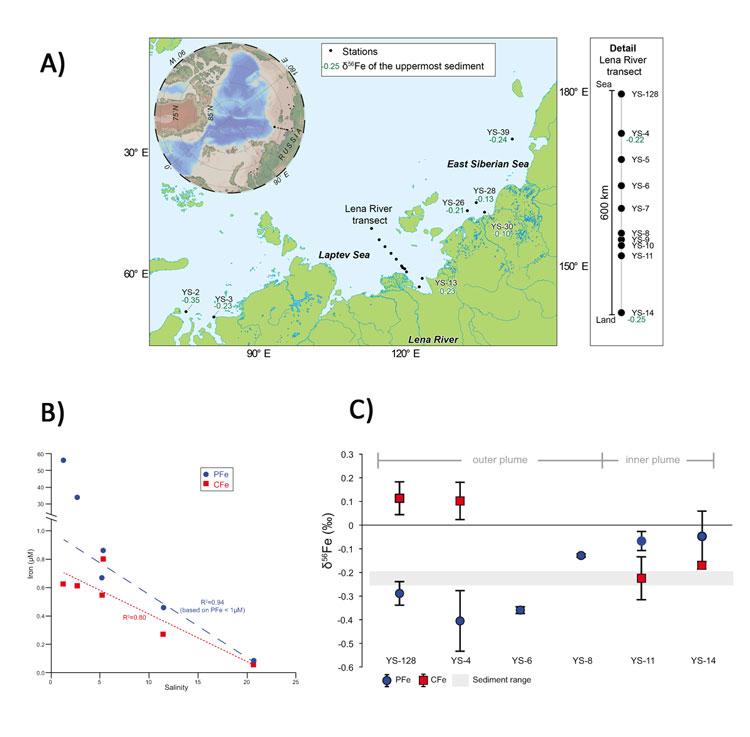A new application of aerosol iron isotopes: tracing anthropogenic iron; an example of the North Atlantic Ocean
Conway and co-authors (2019, see reference below) present the first evidence that anthropogenic iron (Fe) from combustion sources is visible at the basin scale, using iron isotopic composition (δ56Fe) analysis […]


